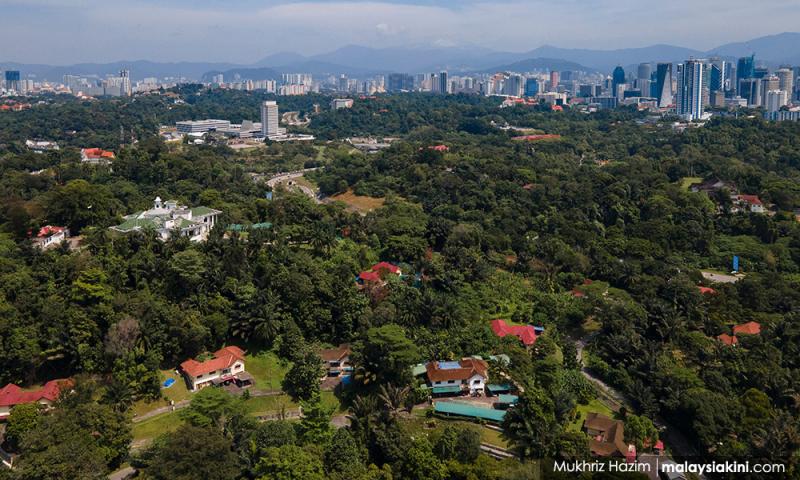LETTER | Malaysians are experiencing lingering and sweltering heat, be it at home or even at night.
The rising temperatures impact our physiological health and the water ecosystems.
How does this impact our urban farming, in terms of water retention that would support the food chain?
According to reports, Malaysia is blessed with rainfall exceeding 3,000mm annually, contributing to an estimated 900 billion cubic meters of annual water resources, but we are facing challenges related to population growth and urbanisation. Our rivers are polluted, and we are facing the challenge of climate change.
Global temperatures have risen by 1.1 degrees Celsius since the pre-industrial age, according to the Intergovernmental Panel on Climate Change (IPCC) First Working Group Report.
In Malaysia, the Fourth National Communication Report (NC4) showed alarming increases in surface temperatures over the past five decades, with minimum temperatures up by 0.27 degrees Celsius and maximum temperatures by 0.24 degrees Celsius.
Data from the Malaysian Meteorological Department's (MetMalaysia) 433 surface observation stations nationwide show the average minimum temperature across the peninsula is now higher than just five years ago.
Environmental monitoring agencies in the US and Europe also concurred earlier this year that 2023 is the hottest year on record, which 2024 is also on track to surpass.
In these circumstances, access to fresh water as a counterbalance to rising temperatures has become critical.
The question is how are we preserving water in our cities? Do we have a nationwide plan on how to preserve water, and do we cater to those who are vulnerable and have no access to water?
If there are, are these solutions being implemented nationwide?
Need for innovative shift
There is a need to reassess our water infrastructure related to water retention, especially in our cities and come up with an innovative strategic shift.
One of those solutions is to create sponge cities where every surface is modified and where water collects to drain into storage reservoirs. In the dry months, this supply can be tapped which would meet the capacity for increased water usage.
This idea can be adapted to suit a city's specific needs.
There is a need for more rain gardens and water retention parks in all cities, designed to channel precipitation into underground filtration systems and storage ponds, which also increases the green space. Schools and playgrounds can be retrofitted with drainage systems.
There should be water tanks on roofs across the cities that could preserve water during rain.
The concept of sponge city which was launched in China in 2014 has now spread around the world.
Therefore, the Association for Welfare, Community and Dialogue urges city authorities to start embarking on this concept to preserve water and channel it to most of the vulnerable areas in the food ecosystems.
The views expressed here are those of the author/contributor and do not necessarily represent the views of Malaysiakini.





